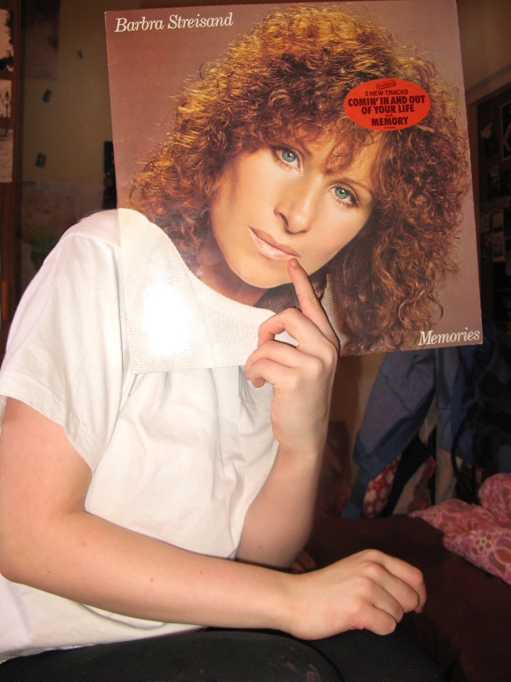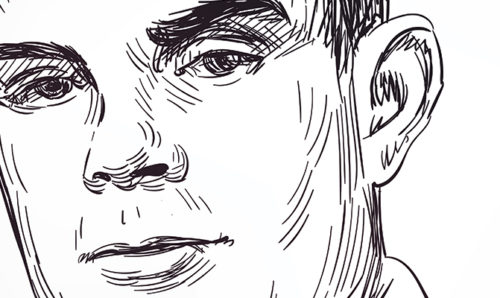Could memes help to predict a zombie apocalypse?
Departments Research impact and institutes 10th July 2017
Imagine waking up one morning to a silent world; there is no rumble of traffic, no aeroplanes in the sky; the general buzz of life has just stopped. You get out of bed and walk outside only to find a horde of crazed and decaying individuals walking towards you baying for brains. The end of the world is here!
Aside from sounding very much like the first episode of The Walking Dead, this kind of phenomenon is an example of simple contagion – the spread of a virus or disease, in this case a virus that creates zombies, spreads through a population on contact and exponentially increases the number of infected.
And it’s not just useful in the realm of science fiction. This model has been carefully studied and developed by scientists to help health professionals, governments and organisations monitor and prevent outbreaks of disease in populations around the world. But what does any of this have to do with memes?
You’ve been Rickrolled
Memes – like Rickroll, Grumpy Cat and ‘The Dress’ – spread in a very similar way to viral diseases, in that they exponentially gain popularity within a group of people before eventually tailing off to nothing.
However, unlike diseases, it often takes more than one contact with a meme for an individual to engage and join in with it (to be infected by it, if you like). And researchers now believe that a model known as complex contagion best describes this pattern of social influence.
Researchers at The University of Manchester set out to study the pattern and spread of popular internet memes to see if they could predict the popularity of one before it went viral. They found that in the case of 22 out of the 26 memes that they studied, the complex contagion model accurately described the pattern of popularity, and even went on to predict the success (and duration) of the ALS ice bucket challenge – the big viral event of summer 2014.
To study the success of these memes, the researchers took Google search data for some of the most popular ‘photo fads’, such as ‘sleeveface’ (see photo) and ‘horsemanning’, and applied their mathematical formulas for both complex and simple contagion to the data.
Some of the fads showed no preference for either type of contagion model, which could have been down to search ‘noise’ (the names of the fads could appear in other, unrelated Google searches). But overall, it was found that for two of the fads, the simple contagion model was sufficient to explain their trend.

Real world
So, what does the ability to predict the popularity of memes mean for the real world? It’s obviously not going to help us stop an impending zombie apocalypse, but it could help to influence populations when it comes to issues of public health. For example, the model could be used to encourage people to exercise more or eat more healthily.
And that’s not to mention its usefulness to marketers. Imagine being able to accurately predict the outcome of your advertising campaign before it’s launched? Perhaps it’ll be marketers baying at the researchers to get their hands on this tool.
To find out more, here’s Thomas House to explain the maths behind memes:
Words – Enna Bartlett




